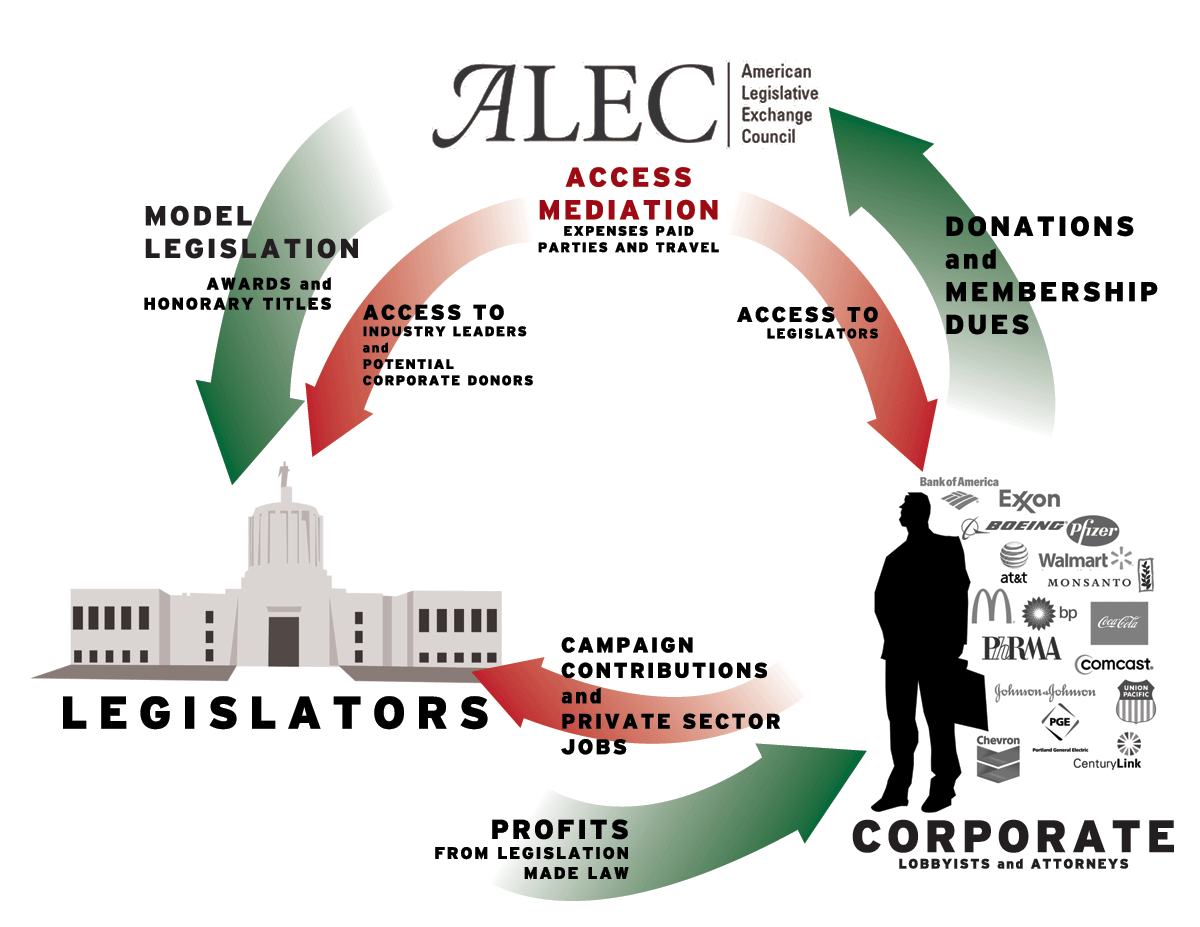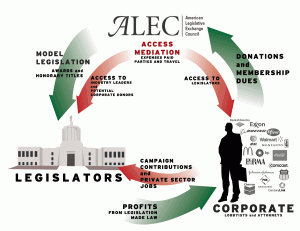There is a lot of confusion right now about the Woonsocket Cross at the center of a controversy caused by a letter sent by the Freedom from Religion Foundation to Mayor Leo T. Fontaine demanding the removal of said cross from public land. I don’t want to address the various legal arguments surrounding the validity of the First Amendment claims being made as regards the cross, instead I want to discuss the actual history of the cross itself, because when I guested on The John DePetro Show to discuss the issue, and later that day when I attended to pro-Cross rally, there was information going around that was just plain wrong.
The current story of the cross is that it was erected in 1921 in honor of World War I hero and Woonsocket native William Jolicoeur. There it sat until 1952, when the monument was rededicated to three brothers who died in service to the country during and immediately following World War II, Alexandre, Henri and Louis Gagne, sons of Bernadette Gagne. Originally the monument was an island in the middle of the street, but after flooding in 195? traffic patterns were moved and the monument found itself in the middle of a Fire Station parking lot. There the monument stood, mostly untended and ignored, falling into terrible disrepair, until the FFRF made their complaint and the story made national headlines. The monument, according to this story, is 91 years old. Much of this is simply wrong.
The truth is that the monument was built in 1952. In 1921 the small patch of land, a traffic island really, was dedicated to William Jolicoeur, called, because of the French immigrants that made up the majority of Woonsocket at the time, “Place Jolicoeur.” At the time of the dedication of Place Jolicoeur nine other sites were also dedicated to fallen Woonsocket WWI vets in ceremonies celebrating a visit from the supreme commander of allied forces during the war, Marshall Foch.
There was no monument at Place Jolicoeur when it was dedicated. Above is a photo on a monument site from a Woonsocket newspaper showing William Jolicoeur’s brother Albert placing a wreath on the telephone pole. Had the cross been in existence then, Albert would have laid the wreath on the cross, I am sure.
It was in 1952 that the monument, complete with the controversial cross on top, was erected on the small traffic island known as Place Jolicoeur. This makes sense, because if you think about it, WWI memorials were seldom adorned with crosses or other religious symbols. Note that this case seems rather singular in the nation. Why would this particular monument, if erected in 1921, be such an obvious exception to the rule of erecting secular monuments to our fallen soldiers? There were nine other sites around the City of Woonsocket that were dedicated to WWI veterans who gave their lives, but there is only one cross.
The monument itself is not dedicated to William Jolicoeur. The land the monument rests on is, but the monument itself is only dedicated to the three Gagne brothers. There was no “re-dedication” as some news outlets reported, there was simply the dedication of the cross monument in honor of the Gagne brothers and their long suffering mother that was constructed on Place Jolicoeur. You can read this on the plaque:
PLACE JOLICOEURDEDICATED BY MARSHALL FOCHNOV. 13, 1921IN MEMORY OF WILLIAM JOLICOEURWORLD WAR I HERO—— — —–MEMORIAL IN HONOR OFGAGNE BROTHERSWORLD WAR IIALEXANDRE – HENRI – LOUISSONS OF BERNADETTE GAGNEDEDICATED BY D.A.V. MAY 30, 1952
This more accurate history of the monument changes some of the context of the monument’s historicity. The monument was constructed at a time of Cold War fear in the United States, and religiosity, particularly Christian religiosity, experienced a huge uptick. “In God We Trust” was added to our money in 1956, “under God” was added to the Pledge of Allegiance in 1954 and President Truman issued the first Presidential Declaration in favor of The National Day of Prayer in 1952.
An anti-Communistic religious fervor had gripped the country, and was being expressed through very public displays of overt Christianity. The wall separating Church and State was allowed to crumble during this period. Seen in this light, the Woonsocket Cross is simply another manifestation of anti-Constitutional religious encroachment into our secular government.
As a result, I think the cross needs to be moved to private land. This is my personal opinion, and should not be confused as having anything to do with the official position of any group I am affiliated with, or any other members of my family. I would add that I know how emotional this issue can be for veterans and families of veterans, and I know that this issue is not as simple as I’ve outlined it here. This is simply an opportunity to share my thinking on the subject as it currently stands.













